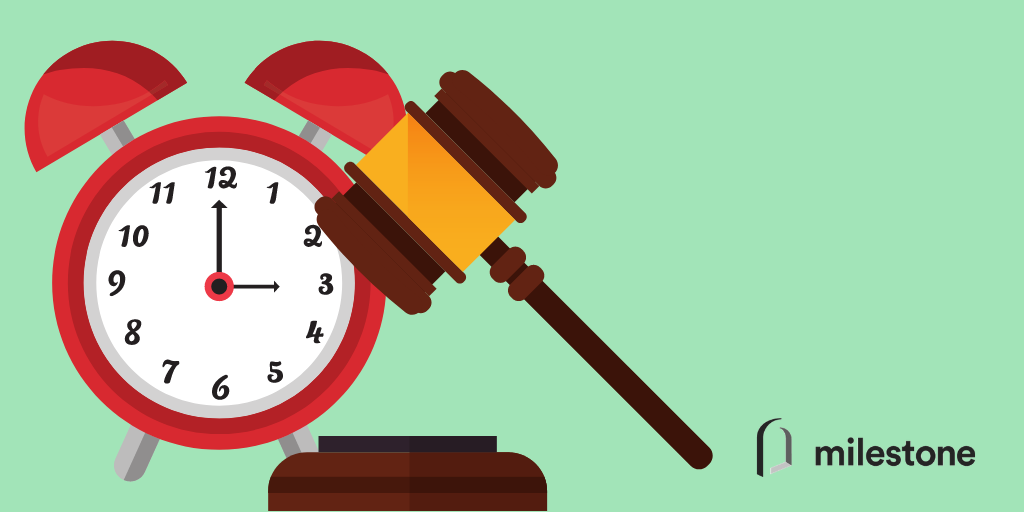The U.S. saw big progress in the seemingly relentless battle against opioid addiction last week. Purdue Pharma, the company largely responsible for the opioid epidemic in the U.S. due to their making and distributing of OxyContin, will plead guilty to criminal charges as part of an $8 billion+ total settlement. Of that settlement amount, $2.8 billion will resolve Purdue’s civil liability. The Sackler family, who owns Purdue, will pay a separate $225 million arising from their alleged conduct in the marketing of their opioid drugs. And that’s just the civil side against Purdue; the criminal investigation is ongoing, and members of Congress and attorneys general continue to voice their feelings that more needs to be done.
No doubt, there are many moving parts here, which adds to the complexities that trial attorneys already must address in any large litigation. What’s more is that plaintiffs who face opioid addiction often have unique, additional struggles for professionals to consider at settlement time. The stress of the litigation process and its conclusion can push people into difficult mindsets. One plaintiff’s settlement recovery of hundreds of thousands of dollars can be depleted fast without an informed plan in place, and even more so when drug addiction may be in play. Working with a professional to develop a customized settlement plan for financial management is of paramount importance, especially for opioid victims and their families. But doing so requires some extra legwork and time to think, and the clock is ticking as settlement approaches. A qualified settlement fund (QSF) essentially stops that clock for plaintiffs and attorneys so they have more time to ensure the incoming settlement monies will be beneficial for as long as possible.
A QSF independently supports both the long-term planning needs of the plaintiff and the business interests of the lawyer. Here’s how: After the defendant pays what they owe into the fund, the plaintiff and their family can look into settlement planning options that fit their unique situation. At the same time, the attorney has the chance to plan what they would like to do with their fee. Liens negotiators can also take the extra time to negotiate down liens against the plaintiff as much as possible. The pressure to hurry up and handle all these considerations before settlement arrives is removed from the equation, so everyone on the plaintiffs’ side can take the time they need to think long-term and get the most out of settlement.
Law firms that establish a QSF have a choice of administrator – the key player that manages the funds and ongoing claim resolution, sources lien negotiators, and assists in government benefits compliance if applicable. And if you’re among the trial attorneys involved in the Purdue Pharma settlement, it’s important to know that you are not required to use the global administrator that will be appointed through the Master Settlement Agreement. In fact, many mass tort attorneys choose to hire their own lead administrator to perform the most important functions of settlement administration. Specifically, it is critical to note that you have the ability to appoint a company to generate revenue on the QSF deposit, without any principal risk.
Engaging a specialized team to properly manage investments and growth can only benefit attorneys and their clients. The ability to produce gains without posing any principal risk results in an interest surplus, some of which can be allocated to clients. Without a specialized co-administrator properly cultivating profits by way of investment, an opportunity to benefit clients, attorneys, and the industry overall is missed. Feel free to contact Milestone to hear more about this planning tool and how we can partner with you in the opioid settlement.


